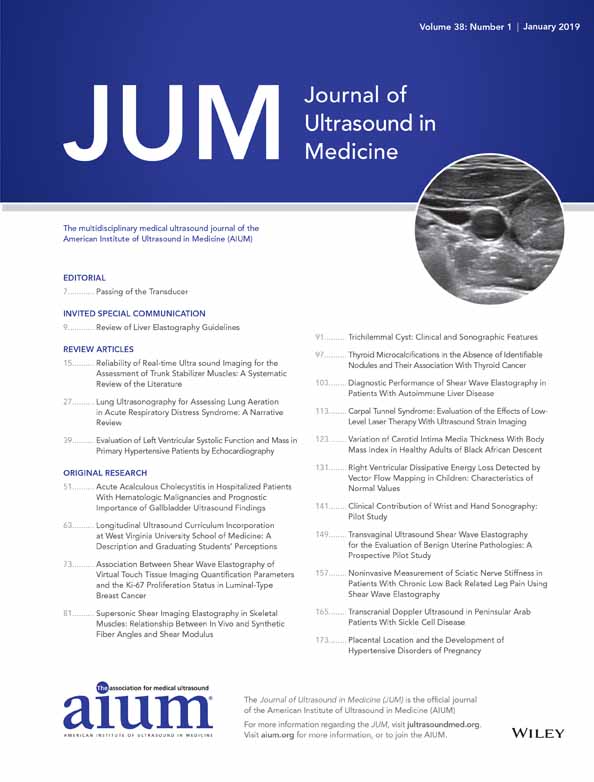A Comparison of 1- and 3.2-MHz Low-Intensity Pulsed Ultrasound on Osteogenesis on Porous Titanium Alloy Scaffolds: An In Vitro and In Vivo Study
This study was kindly supported by the National High Technology Research & Development Program (863 Program) of China (Grant no. 2015AA033702) and the Nature Science Foundation of Liaoning Province, China (Grant no. 2014021008).
Abstract
Objectives
Low-intensity pulsed ultrasound (LIPUS) combined with porous scaffolds can be used as a new therapy to treat bone defect repair. The aim of this study was to evaluate the effects of 1 and 3.2 MHz LIPUS on osteogenesis on porous Ti64 alloy scaffolds for both in vitro and in vivo studies.
Methods
Scaffolds were randomly divided into the high-frequency ultrasound group, low-frequency ultrasound group, and control group. Mouse pre-osteoblast cells were cultured with porous Ti-6Al-4V scaffolds in vitro to evaluate cell proliferation and differentiation. In addition, scaffolds were implanted into rabbit mandibular defects in vivo. The effects of LIPUS on bone regeneration were evaluated by observing the micro–computed tomography (micro-CT), toluidine blue staining, and von Kossa staining.
Results
The results revealed no significant difference in the cell counting kit-8 values between the ultrasound groups and control groups (P > .05). Compared with the control group, ultrasound promoted alkaline phosphatase activity and osteocalcin levels of the cells on the scaffolds (P < .05), but there was no significant difference between the two frequencies. In addition, histomorphologic analyses revealed that the volume and amount of new bone formation increased and that bone maturity improved in the ultrasound groups compared with the control group, but no significant difference was noted between the two frequencies.
Conclusions
Under the present experimental conditions, LIPUS promoted osteoblast differentiation and promoted bone maturity on porous Ti64 scaffolds. No significant differences were noted between the two frequencies.




